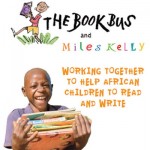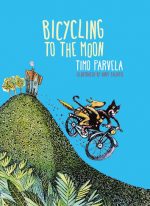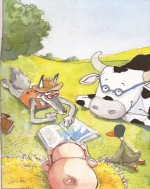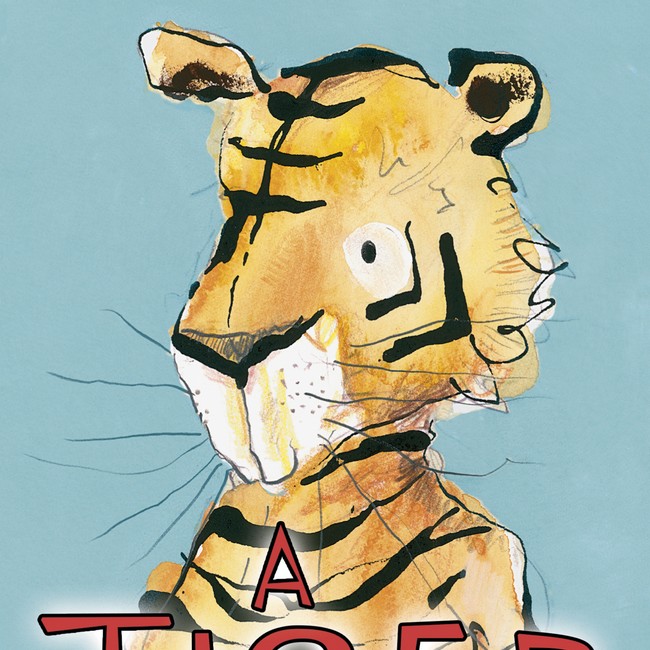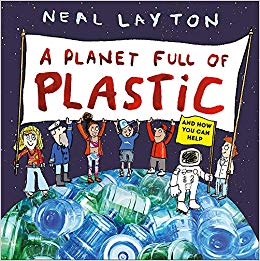 In A Planet Full of Plastic (Wren & Rook) Neal Layton introduces children to the current and vital topic of plastic pollution. The book covers many topics within the theme, from the history of the creation of plastic, to biodegradation and to what we can do to reverse the problem. It is extremely informative, detailed yet simple enough for young audiences, and never preachy. What works really well is the mixed media artwork; Layton uses photographs of plastic items in situ, so to speak, as part of the illustrations, creating spreads which are particularly impactful. This underwater spread, for example, is particularly effective:
In A Planet Full of Plastic (Wren & Rook) Neal Layton introduces children to the current and vital topic of plastic pollution. The book covers many topics within the theme, from the history of the creation of plastic, to biodegradation and to what we can do to reverse the problem. It is extremely informative, detailed yet simple enough for young audiences, and never preachy. What works really well is the mixed media artwork; Layton uses photographs of plastic items in situ, so to speak, as part of the illustrations, creating spreads which are particularly impactful. This underwater spread, for example, is particularly effective:

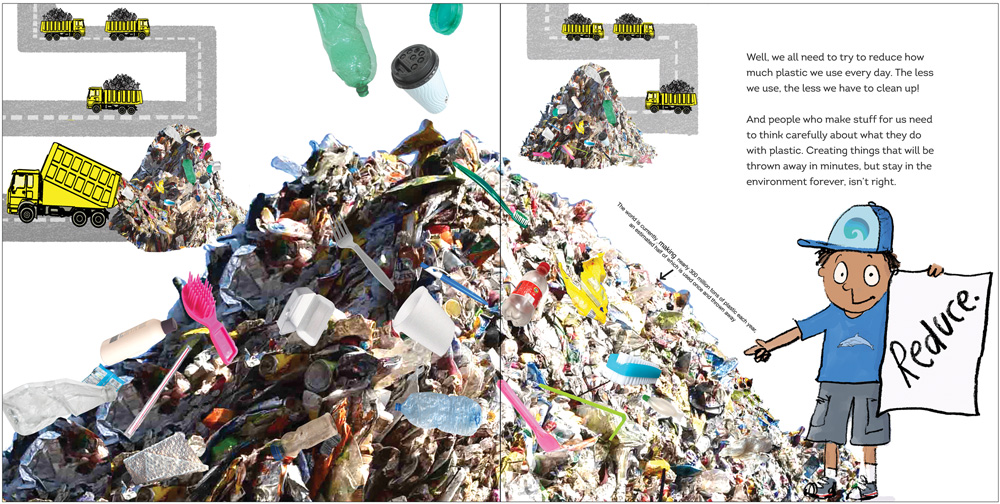
Discovering the identity of the narrator at the end of the book is a lovely touch which children will really enjoy. This is an important book, which will work well both at home (for example following the creative ideas at the back of the book, including building one own’s greenhouse as detailed below) and at school as part of creating well-rounded, responsible citizens. A brilliant addition to bookshelves in both settings!
*****
Build Your Own Mini Greenhouse
To celebrate the publication of A Planet Full of Plastic – a brand new non-fiction picture book by author-illustrator Neal Layton, I’ll be telling you how to help your little ones get involved in reusing plastic bottles by helping them make their very own miniature greenhouse. Miniature greenhouses are a great use for plastic bottles that would otherwise end up in our rivers and seas and the excitement of watching their very own plants grow is an added bonus for children.
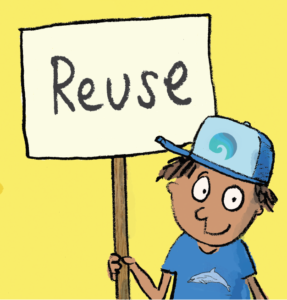
You will need:
- Scissors
- A large plastic bottle
- Seeds
- Compost
- An old plastic container
- A skewer
Method:
- Peel the label off the large plastic bottle, keep the cap on top of the bottle and cut it into two pieces around 4 inches from the bottle’s base.
- Poke 2-4 holes in the bottom of the bottle with a skewer for drainage.
- Wash both pieces of the bottle in warm and soapy water to ensure they are clean.
- Balance the bottom piece of the bottle in an old plastic container and fill half of it up with compost.
- Water the soil until it is evenly moist and empty the plastic container of any excess water that drips through.
- Place your seeds in a spread out arrangement on the damp compost and cover with more compost.
- Cut a small slit in the top half of the bottle and slip it over the bottom half as a ‘lid’, this will create a miniature greenhouse effect to help the seeds germinate.
- Remove the cap from the top of the bottle to allow some air circulation once the seed germinate.
- Once seedlings appear move the bottle to an area that receives 6-8 hours of sunlight daily.
- Water the seedlings when the soil surface dries, remove the top half of the bottle if it develops condensation or once the seedlings grow tall enough to touch it.
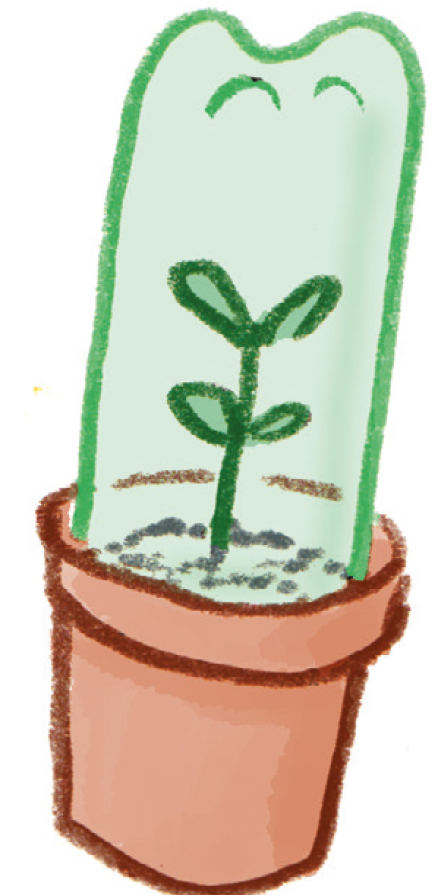
A Planet Full of Plastic by Neal Layton is published by Wren and Rook. You can buy the book here
Don’t forget to check out the rest of the blog tour:
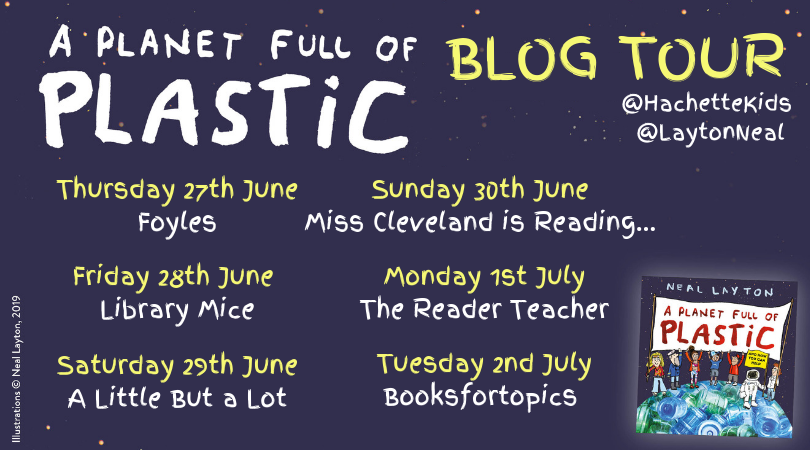
Source: review copy sent by publisher

